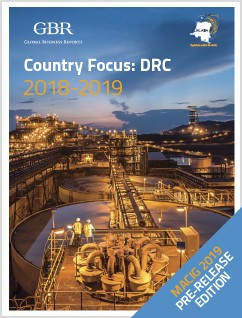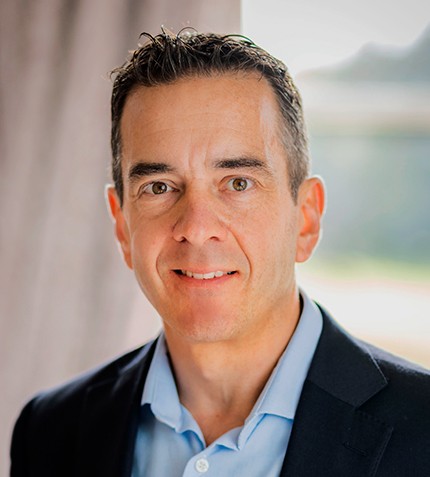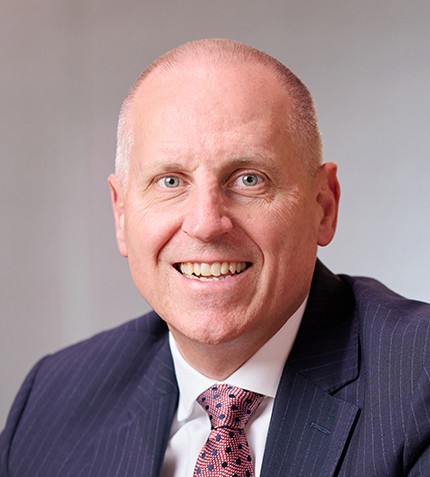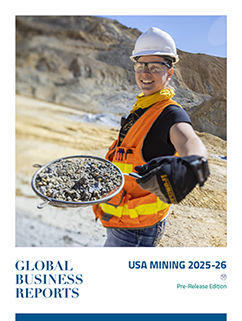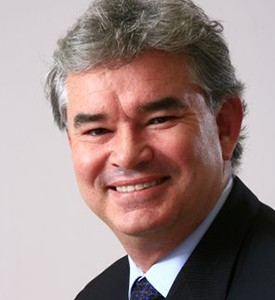
"So far, we have stayed in full ownership, but to get the project into production we have to consider this option."
RELATED PUBLICATION
ARTICLES FROM THIS PUBLICATION
Nigel Ferguson
MANAGING DIRECTOR, AVZ MINERALS LIMITED
In August AVZ Minerals reported its maiden JORC resource for the Roche Dure pegmatite to be 259.9 mt, making Manono the largest lithium deposit in the world. How has the market responded?
Unfortunately, the news has had a minor impact on our share price, which is mainly due to the downswing the lithium market is currently experiencing. However, from a peer approach, I believe we have firmly cemented ourselves in the global lithium market.
This year the DRC promulgated a new mining code that has been met with fierce opposition by several large mining companies in the country. How has this impacted AVZ Mineral’s operations?
We have not seen any striking effects, but that is likely to do with the impact the mine may have overriding any external circumstances. Since we started work on Manono, over four new companies have started to operate in the surrounding area – the deposit basically has its own gravity and attracts attention. There are some elements to the mining code that will present a challenge, most perceptibly the 10% national employee fee, which is particularly perplexing in a situation when you are already in a joint venture with a government company. However, we have a very good relationship with the government, which has reiterated its support of our operations and satisfaction with our progress.
With lithium currently experiencing a slight downturn, what is your outlook on the future of the commodity?
The junior end of the market is definitely suffering at the moment, with lithium prices in retreat alongside lower metals. We visited the ASX recently and were informed that a number of IPOs have been pulled due to lack of funding. However, secondary financings seem to be going well, given that we have the world's largest resource and some really strong metallurgical test work, as well as the positive results from the scoping study. In addition, due to the standards required for the new 8.1.1 and 8.2.2 batteries, a majority of manufacturers require lithium containing the least deleterious metals such as iron oxide, phosphorous, fluorine and other impurities. Mica is a one source of these detrimental metals and our project contains less than 1% mica and is dealt with easily to remove it from the product stream. In that aspect, our product sets the bar very high.
Are you looking at the potential for offtake agreements?
So far, we have stayed in full ownership, but to get the project into production we have to consider this option. Obviously now that the Scoping Study has been released we have a starting point for valuations and thus discussions on this option. Another pathway is a traditional debt/equity model, and the second is to take onboard a partner. We could sell off a portion of offtake as many other companies have done. We could also look to sell a portion of the asset and look to leverage this to be able to be debt-free, fully funded and with limited or no dilution to current shareholders.
Which option is most attractive to you at the moment?
At the moment, our primary option is to take on board a strategic partner as an equity partner. We have a few leading prospects which are unsolicited interest in the company.
Some other battery metals such as vanadium have been stealing the limelight from lithium. What argument would you make against the future of vanadium versus lithium?
In my opinion, the issue is that vanadium was stockpiled in large quantitates when prices were low. Some companies producing iron ore accumulated large amounts of vanadium as a byproduct, and although prices are currently up, I believe the oversupply will eventually undermine the value considerably. Additionally, as battery technology improves, manufacturers are likely to move away from vanadium.
Can you share the expected timeframe for starting production for the Manono project and targets for the upcoming years?
We are planning to have Manono up and running by 2020, starting with production of 2 million mt/y followed by 4 million mt/y after 12 months or so. The money from the cash flow should be sufficient to fund the expansion within a two-year period, and after three years, there is the possibility of a self-funded hydroxide plant.




